Home>Renovation & DIY>Home Renovation Guides>How Long To Wait To Grout Backsplash
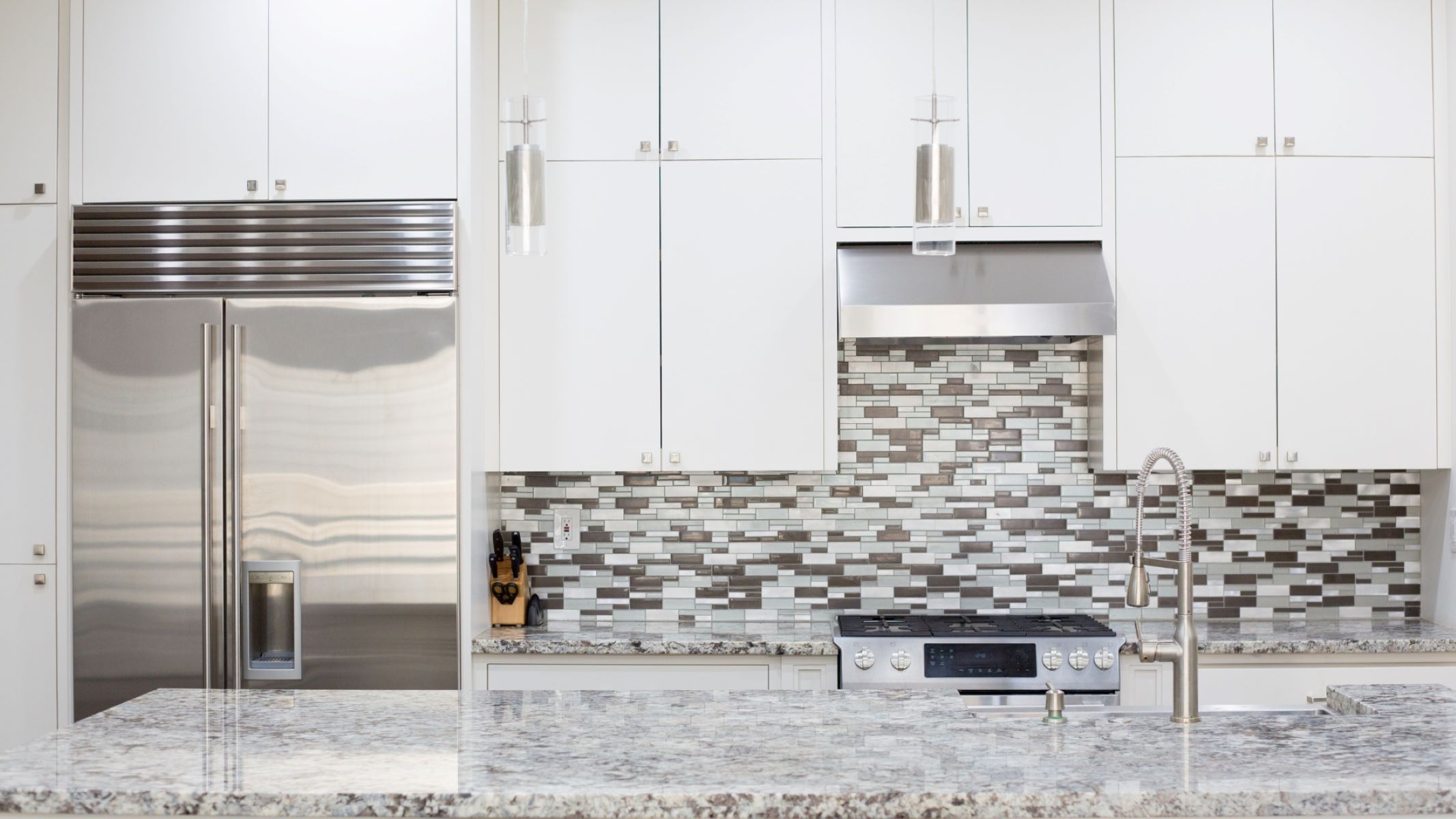

Home Renovation Guides
How Long To Wait To Grout Backsplash
Published: February 8, 2024
Learn how long to wait before grouting a backsplash during your home renovation project with our comprehensive guide. Follow our expert tips for a successful grouting process.
(Many of the links in this article redirect to a specific reviewed product. Your purchase of these products through affiliate links helps to generate commission for Storables.com, at no extra cost. Learn more)
Introduction
Grouting a backsplash is a crucial step in the tiling process, as it not only enhances the aesthetic appeal of the space but also provides protection against moisture and stains. However, the timing of grouting is a critical factor that can significantly impact the overall quality and durability of the installation. Many homeowners often wonder, "How long should I wait to grout my backsplash?" This question is essential to address, as the timing of grouting can vary depending on several factors, including the type of tile and adhesive used, environmental conditions, and the specific requirements of the grout product.
Understanding the optimal timing for grouting your backsplash is essential to ensure a successful and long-lasting outcome. In this comprehensive guide, we will delve into the various factors that influence the grouting timeline, explore the different types of backsplash materials and their corresponding grouting times, and provide valuable tips for achieving a flawless grout application. By the end of this article, you will have a clear understanding of the considerations involved in determining the ideal waiting period before grouting your backsplash, empowering you to make informed decisions and achieve professional-quality results in your home renovation projects.
Key Takeaways:
- Don’t rush the grouting process! Wait 24-72 hours after tile installation, considering factors like adhesive cure time and tile material. Patience ensures a flawless and long-lasting backsplash.
- Prepare, select the right grout, and apply with care. Follow expert tips for a stunning backsplash. Attention to detail and maintenance are key for lasting beauty.
Read more: How To Clean Backsplash Grout
Factors to Consider Before Grouting
Before proceeding with the grouting process, several crucial factors must be carefully evaluated to ensure the optimal timing for grouting your backsplash. By taking these considerations into account, you can effectively plan and execute the grouting phase, ultimately contributing to the longevity and visual appeal of your backsplash installation.
1. Tile Adhesive Cure Time
The type of adhesive used to affix the tiles to the backsplash surface plays a significant role in determining the appropriate timing for grouting. It is imperative to adhere to the manufacturer's recommendations regarding the curing time for the adhesive. Typically, this period ranges from 24 to 48 hours, during which the adhesive sets and establishes a strong bond with the substrate. Attempting to grout the tiles before the adhesive has fully cured can compromise the integrity of the installation and lead to potential issues in the future.
2. Tile Material and Size
The material and size of the tiles also influence the grouting timeline. Porous materials such as natural stone may require a longer curing period for the adhesive to penetrate and adhere effectively. Additionally, larger tiles necessitate more time for the adhesive to set and support the weight and structure of the tiles. It is essential to consider these factors when determining the appropriate waiting period before grouting.
3. Environmental Conditions
The environmental conditions within the installation area can impact the grouting process. Factors such as temperature, humidity, and airflow play a crucial role in the drying and curing times of both the adhesive and grout. Warmer temperatures and lower humidity levels generally expedite the curing process, while cooler temperatures and higher humidity may prolong the timeline. Adequate ventilation is also essential to facilitate the evaporation of moisture, expediting the overall drying process.
Read more: How To Grout Stone Backsplash
4. Grout Product Specifications
Different types of grout products have varying requirements and timelines for application. It is imperative to refer to the manufacturer's guidelines to determine the recommended waiting period before grouting. Some grout products may specify a specific window of time within which grouting should occur after tile installation, emphasizing the importance of adhering to these instructions to achieve optimal results.
5. Personal Experience and Comfort Level
While it is essential to consider the technical and material-specific factors, personal experience and comfort level also play a role in determining the ideal timing for grouting. Individuals with prior tiling and grouting experience may have a better understanding of the nuances involved and may feel more confident in assessing when the tiles are ready for grouting based on visual and tactile cues.
By carefully evaluating these factors and taking a proactive approach to planning the grouting process, homeowners can ensure that the backsplash installation progresses smoothly and results in a durable, visually appealing outcome.
Different Types of Backsplash Materials and Their Grouting Time
The type of material used for your backsplash significantly influences the grouting time, as each material possesses unique characteristics that impact the adhesive curing and grouting process. Understanding the specific requirements of different backsplash materials is crucial for determining the ideal timing for grouting and ensuring a successful installation.
Ceramic and Porcelain Tiles
Ceramic and porcelain tiles are popular choices for backsplashes due to their durability, versatility, and aesthetic appeal. When it comes to grouting, these materials typically require a waiting period of 24 to 72 hours after tile installation. The precise timing depends on factors such as the size of the tiles, the type of adhesive used, and the environmental conditions. It is essential to refer to the adhesive manufacturer's guidelines and consider the tile size and porosity to determine the optimal grouting time for ceramic and porcelain tiles.
Read more: How Long Does Grout Take To Dry Backsplash
Natural Stone
Natural stone backsplashes, including materials such as marble, granite, and travertine, demand careful consideration when it comes to grouting. Due to the porous nature of natural stone, the adhesive curing process may take longer compared to non-porous materials. As a result, the grouting time for natural stone backsplashes typically ranges from 48 to 120 hours after tile installation. This extended waiting period allows the adhesive to fully penetrate the porous surface of the stone, ensuring a strong and durable bond before grouting.
Glass Tiles
Glass tiles are renowned for their luminous and reflective qualities, adding a touch of elegance to any backsplash. When grouting glass tiles, it is crucial to allow sufficient time for the adhesive to set and establish a secure bond. The grouting time for glass tiles generally falls within the range of 24 to 48 hours after installation. However, it is essential to consider the specific adhesive and grout products recommended for use with glass tiles, as their unique properties may influence the grouting timeline.
Mosaic Backsplashes
Mosaic tiles, characterized by their small size and intricate patterns, present a distinct grouting challenge due to the numerous grout lines and individual tile pieces. The grouting time for mosaic backsplashes typically ranges from 24 to 72 hours after tile installation. Given the intricate nature of mosaic designs, meticulous attention is required to ensure that the adhesive has adequately cured before proceeding with the grouting process.
By understanding the grouting requirements specific to each type of backsplash material, homeowners can effectively plan and execute the grouting phase, ultimately contributing to the longevity and visual appeal of their backsplash installations. It is important to consult with professionals or refer to manufacturer guidelines to ensure the appropriate grouting time for the specific material being used, thereby achieving a flawless and enduring backsplash.
Tips for Grouting Backsplash
Grouting a backsplash is a pivotal stage in the tiling process, demanding precision and attention to detail to achieve a flawless and durable outcome. To ensure a successful grouting experience and a stunning backsplash installation, consider the following tips:
-
Preparation is Key: Before commencing the grouting process, thoroughly clean the tile surfaces to remove any adhesive residue, dust, or debris. Additionally, ensure that the adhesive has fully cured as per the manufacturer's recommendations, providing a stable foundation for the grout application.
-
Selecting the Right Grout: Choose a high-quality grout product that aligns with the specific requirements of your backsplash material and design. Consider factors such as color, texture, and stain resistance to achieve the desired aesthetic while ensuring long-term durability.
-
Consistency and Mixing: Follow the manufacturer's instructions to achieve the appropriate grout consistency. Properly mix the grout to ensure uniform color and texture, avoiding lumps or dry patches that can compromise the overall finish.
-
Application Technique: When applying the grout, use a rubber float or grout float to spread the mixture evenly across the tile surfaces, ensuring that the grout fills the joints completely. Work in small sections to maintain control and prevent the grout from drying before it can be properly smoothed and cleaned.
-
Smoothing and Cleaning: After applying the grout, use a damp sponge to gently smooth the surface and remove excess grout from the tile faces. Rinse the sponge frequently to achieve a clean and uniform grout line without disturbing the freshly applied mixture.
-
Final Cleaning and Sealing: Once the grout has set for the recommended time, perform a final cleaning to remove any haze or residue from the tile surfaces. Consider applying a grout sealer to enhance stain resistance and protect the grout from discoloration over time.
-
Attention to Detail: Pay close attention to the corners, edges, and transitions between different tile sections, ensuring that the grout lines are uniform and seamlessly integrated into the overall design. Taking the time to address these details can elevate the visual impact of the backsplash.
-
Maintenance and Care: Educate homeowners on proper maintenance practices to preserve the integrity and appearance of the grouted backsplash. Advise on regular cleaning routines and the use of appropriate cleaning agents to prevent discoloration and maintain the grout's original luster.
By adhering to these tips and best practices, homeowners can navigate the grouting process with confidence, ultimately achieving a stunning and long-lasting backsplash that enhances the beauty and functionality of their living spaces.
Read more: How To Remove Backsplash Grout
Conclusion
In conclusion, the timing of grouting a backsplash is a critical consideration that significantly impacts the overall success and longevity of the installation. By carefully evaluating factors such as tile adhesive cure time, tile material and size, environmental conditions, grout product specifications, and personal experience, homeowners can effectively determine the optimal waiting period before proceeding with the grouting process.
Understanding the specific grouting requirements for different backsplash materials, including ceramic and porcelain tiles, natural stone, glass tiles, and mosaic designs, is essential for achieving a flawless and enduring installation. Each material presents unique characteristics that influence the adhesive curing and grouting timeline, emphasizing the importance of consulting with professionals and adhering to manufacturer guidelines to ensure the appropriate grouting time for the specific material being used.
Furthermore, the grouting phase demands meticulous preparation, careful selection of high-quality grout products, precise application techniques, and thorough cleaning and sealing processes. By following these tips and best practices, homeowners can navigate the grouting process with confidence, ultimately achieving a stunning and long-lasting backsplash that enhances the beauty and functionality of their living spaces.
Ultimately, the grouting phase is a pivotal step that requires attention to detail, patience, and a commitment to quality. By understanding the nuances involved in determining the ideal waiting period before grouting, homeowners can ensure the successful completion of their backsplash installations, creating visually captivating and durable spaces that elevate the overall aesthetic and value of their homes.
Frequently Asked Questions about How Long To Wait To Grout Backsplash
Was this page helpful?
At Storables.com, we guarantee accurate and reliable information. Our content, validated by Expert Board Contributors, is crafted following stringent Editorial Policies. We're committed to providing you with well-researched, expert-backed insights for all your informational needs.
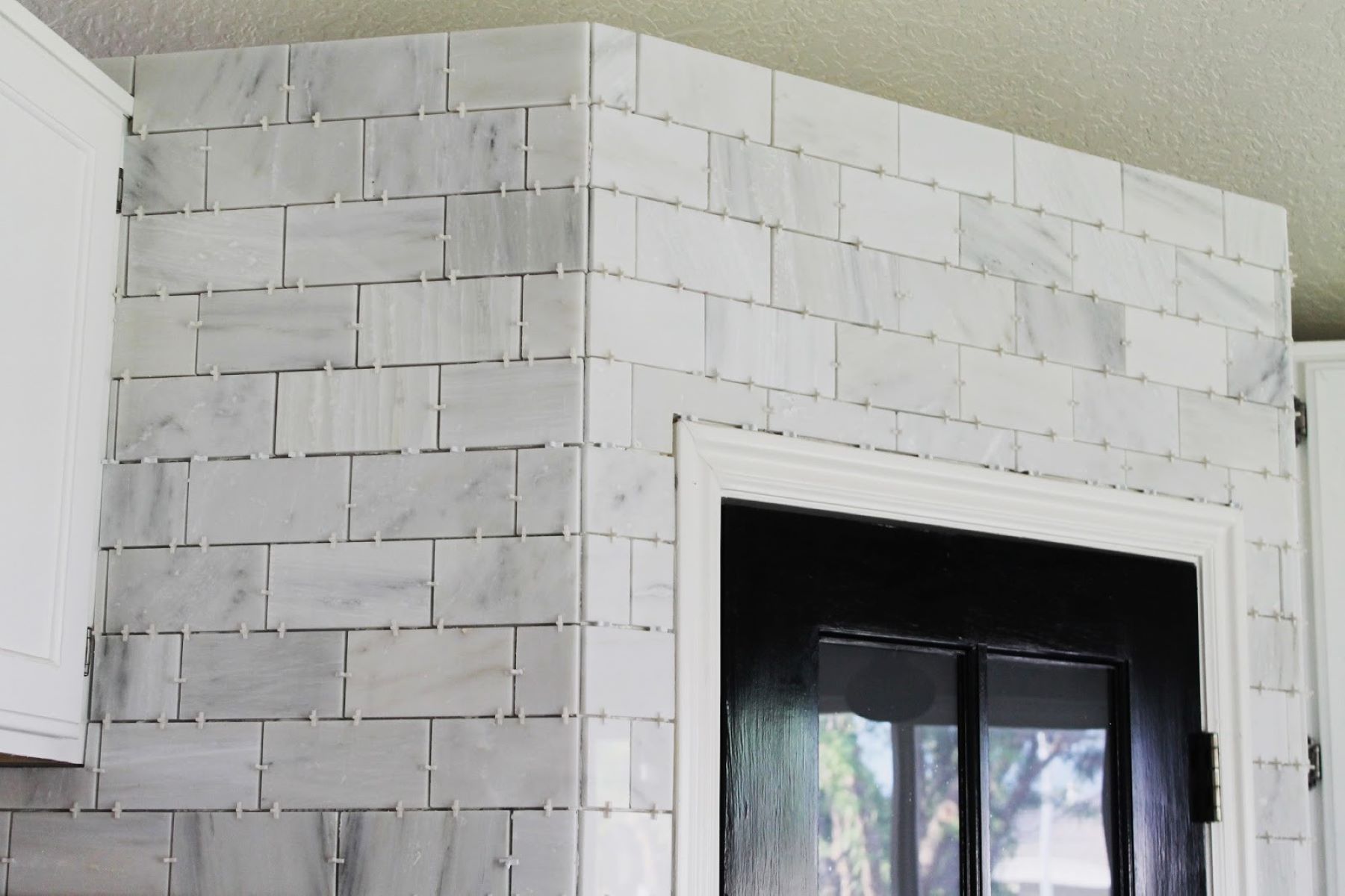
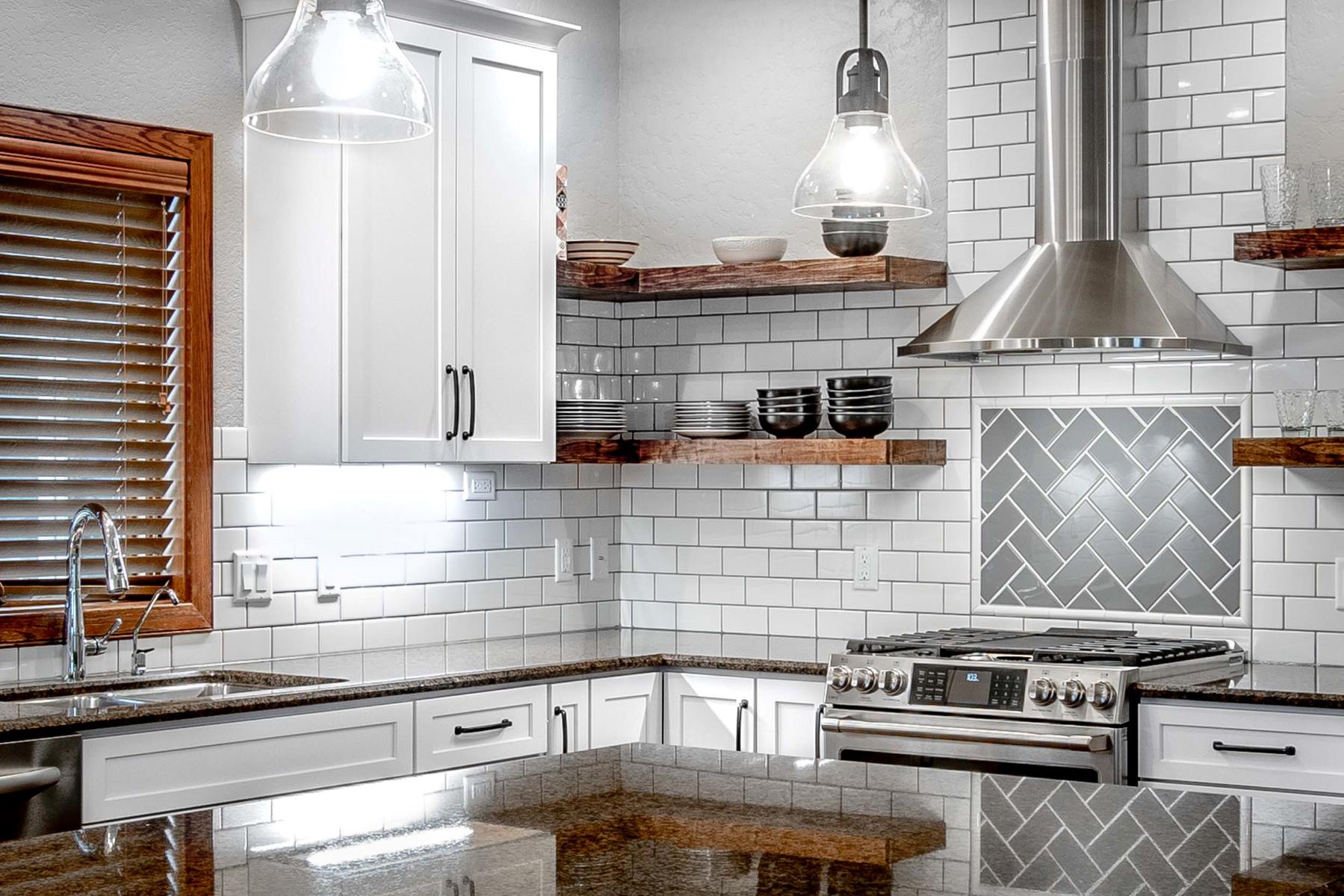
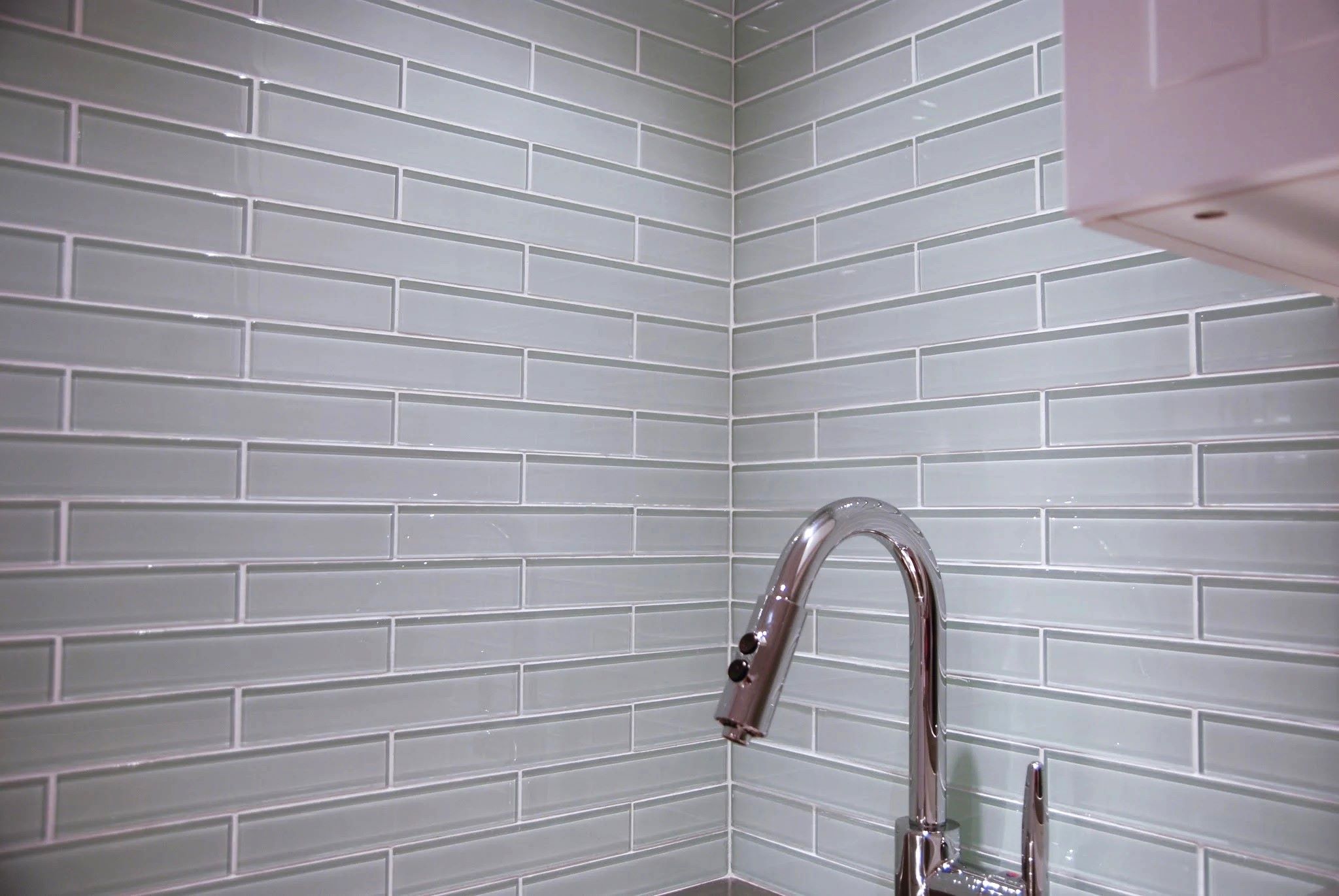
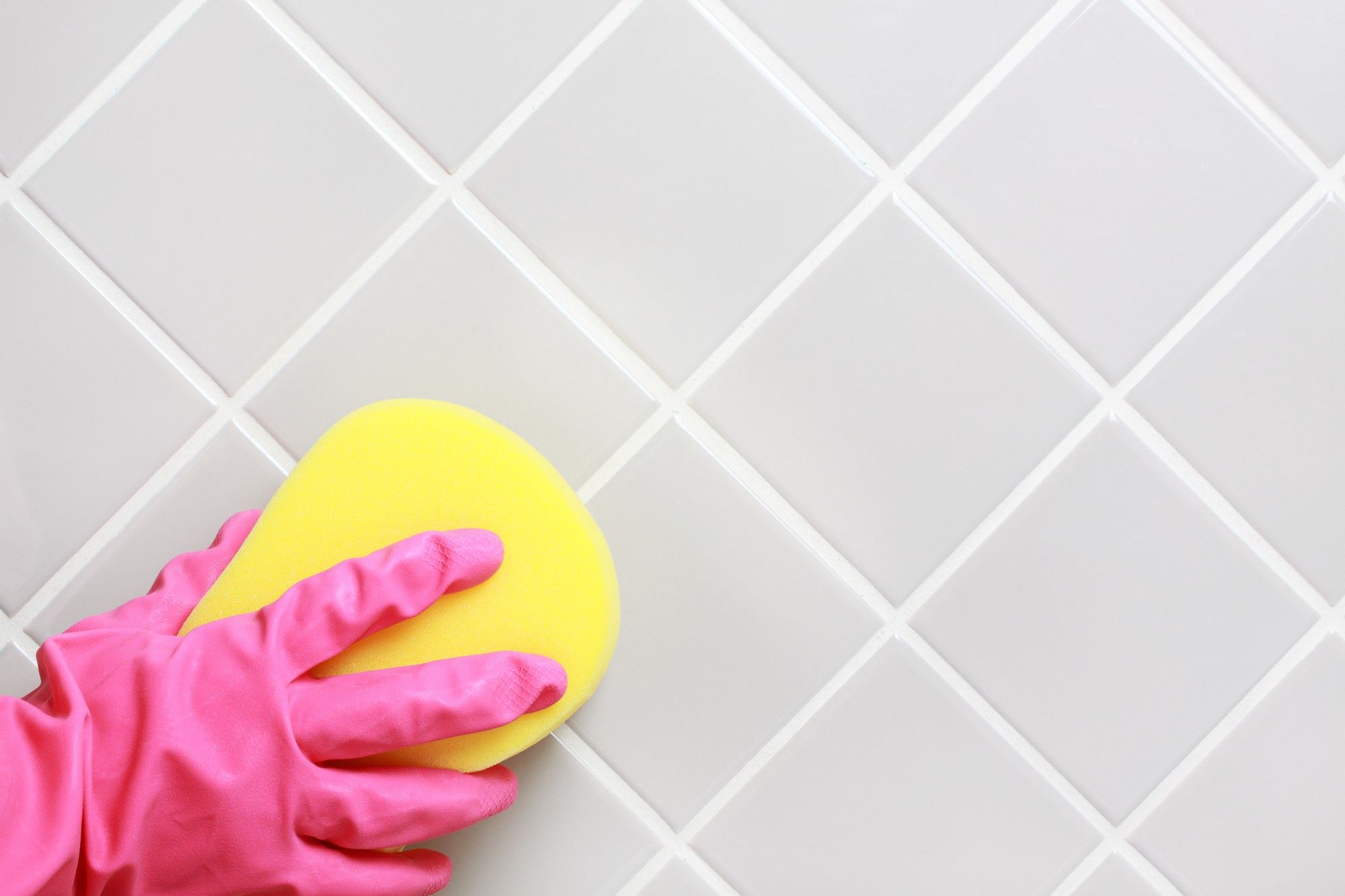
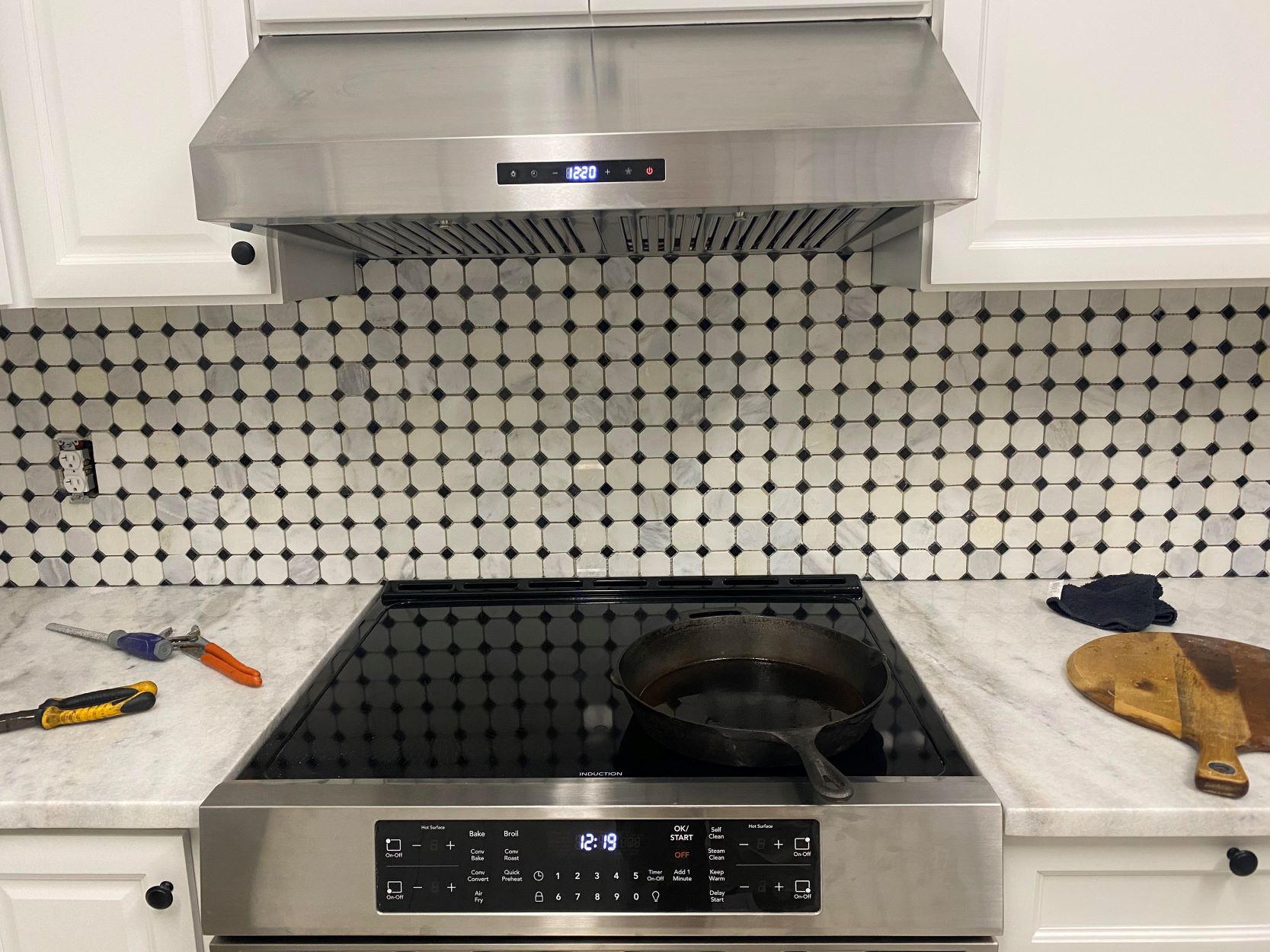
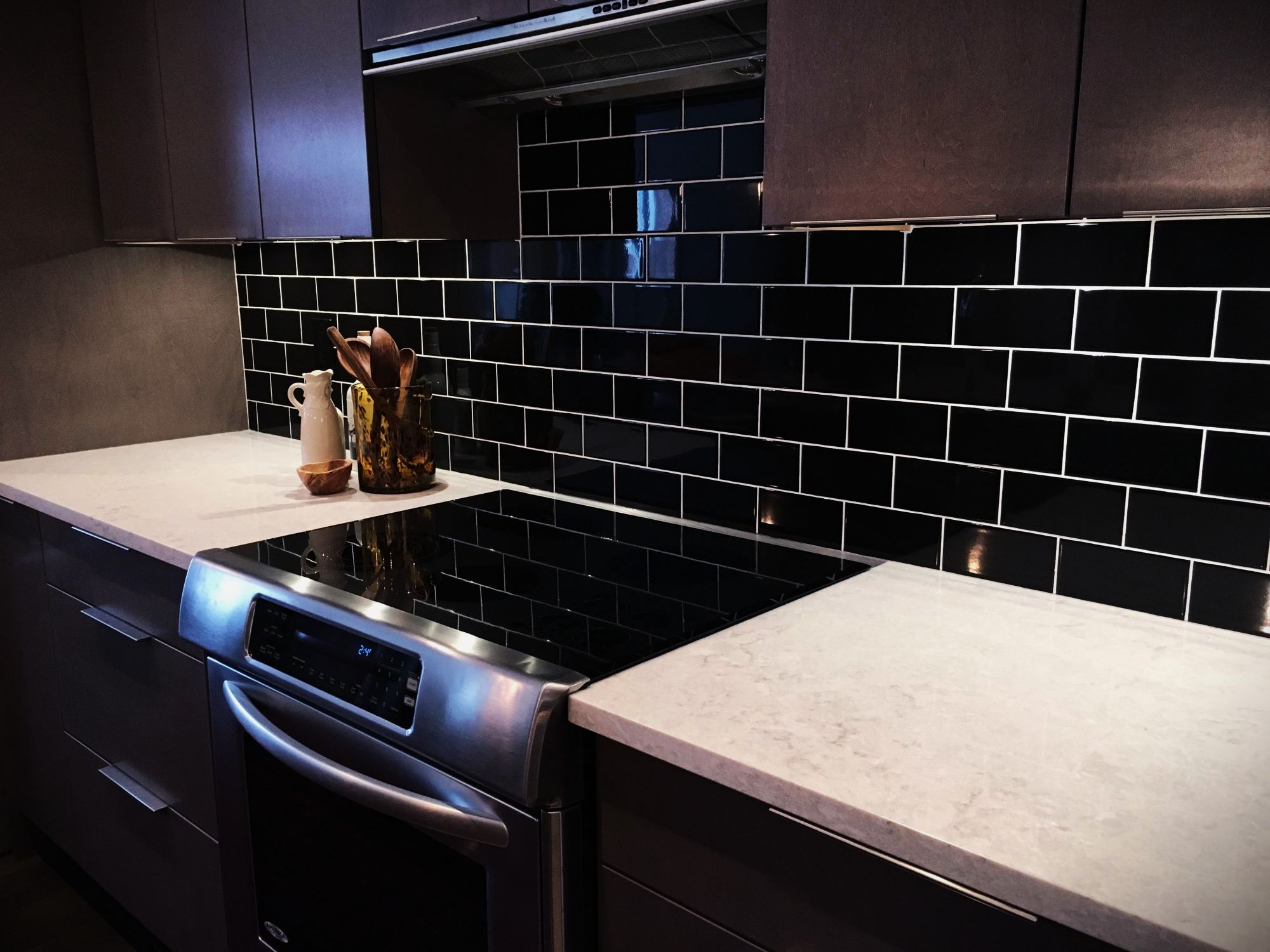
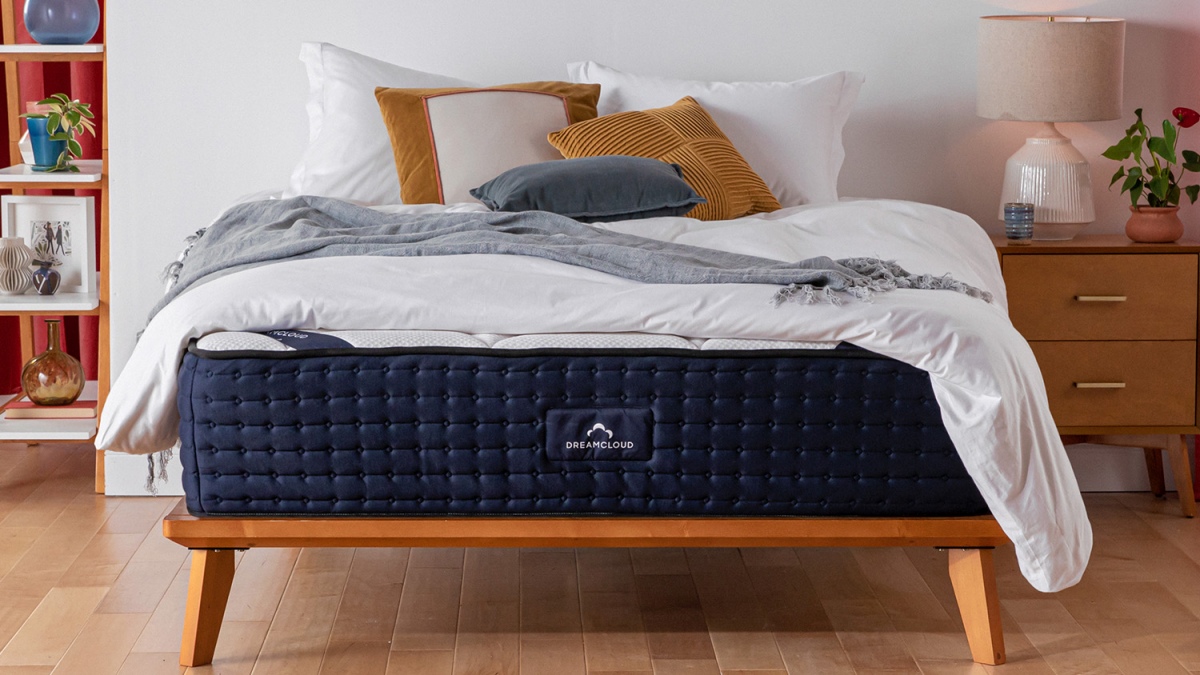


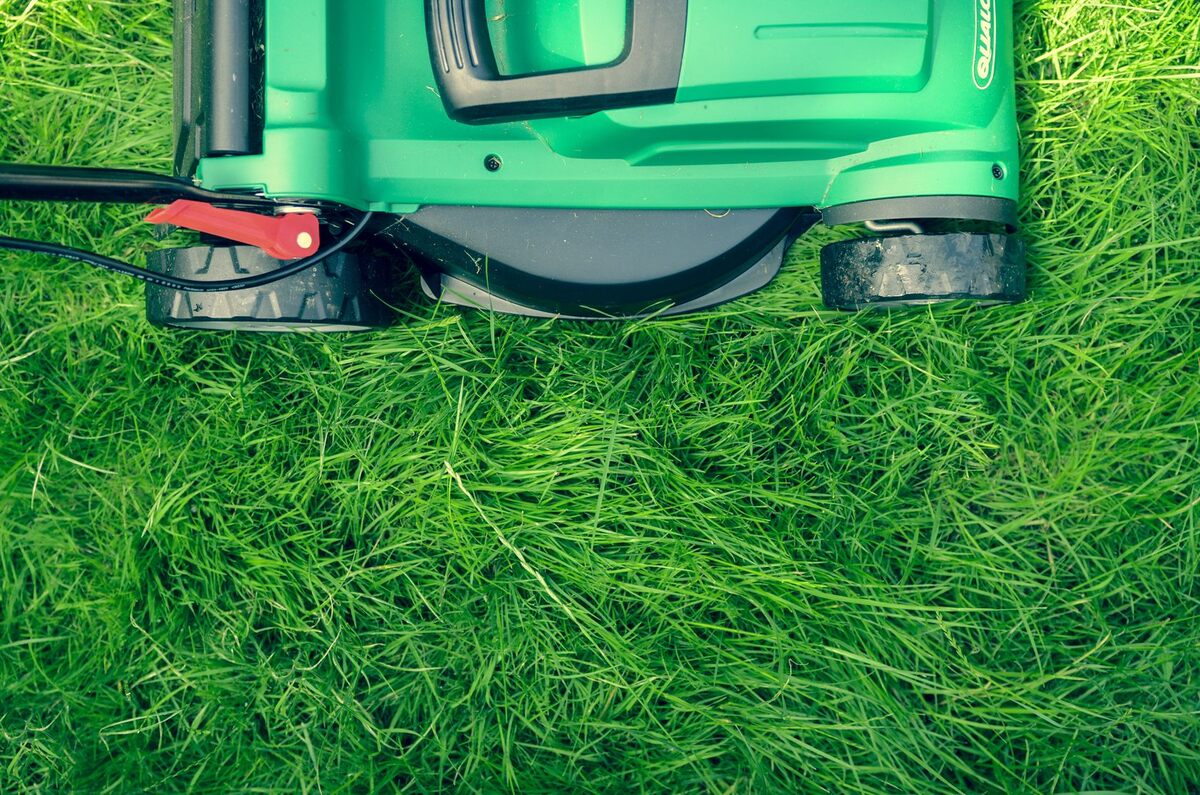
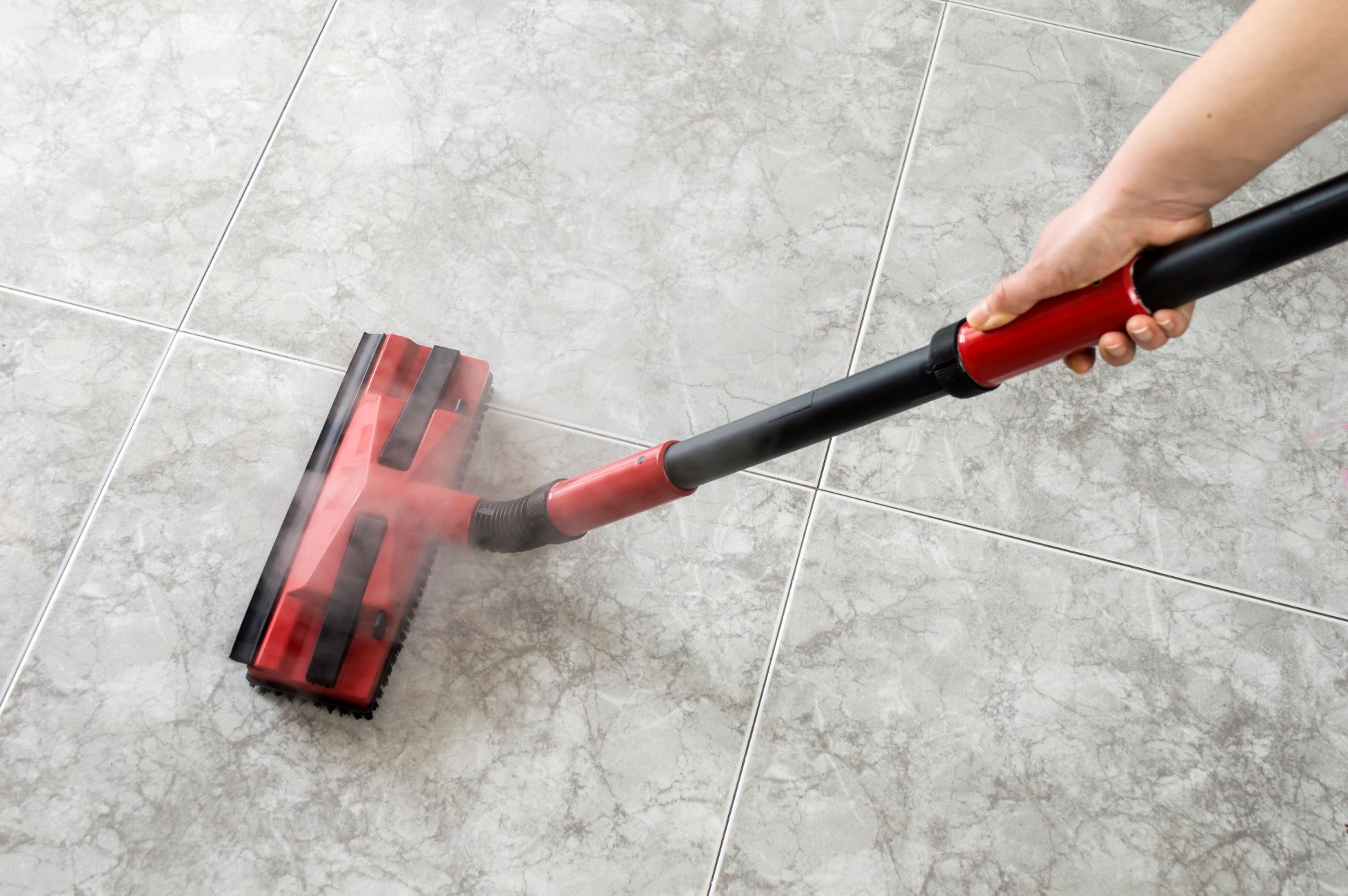
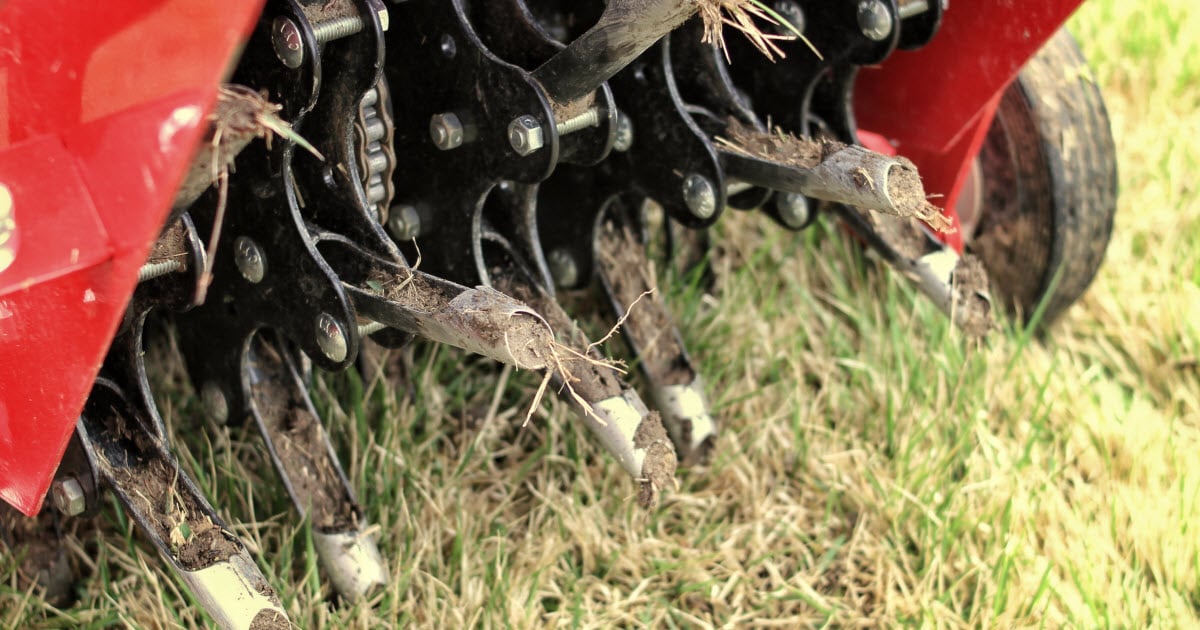

0 thoughts on “How Long To Wait To Grout Backsplash”